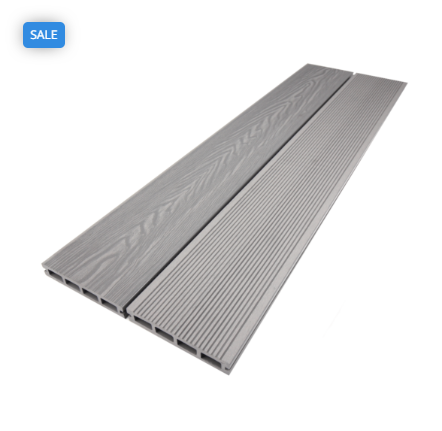Choosing MDF Moisture-Resistant Building Materials for Ultimate Durability
- Get link
- X
- Other Apps
In the realm of construction and home improvement, the selection of building materials is a critical decision that directly influences the longevity and quality of the end result. Moisture-resistant Medium Density Fiberboard (MDF) has emerged as a popular choice among builders and homeowners alike due to its exceptional durability and versatility. This article explores the benefits of opting for MDF moisture resistant in building material supplies.
Understanding MDF:
Medium Density Fiberboard (MDF) is an engineered wood product composed of wood fibers, wax, and resin. It is widely used in construction for its affordability, smooth surface, and ease of customization. Traditional MDF, while suitable for many applications, is not resistant to moisture and can be susceptible to swelling and warping when exposed to damp conditions.
Moisture-Resistant MDF:
Moisture-resistant MDF, on the other hand, is specially treated to repel water and resist humidity. This treatment involves the incorporation of water-resistant additives during the manufacturing process, creating a building material that is better equipped to withstand environmental challenges. This enhanced resistance makes moisture-resistant MDF an ideal choice for areas prone to high humidity, such as kitchens, bathrooms, and basements.
Benefits of Moisture-Resistant MDF:
Durability in Damp Environments: Moisture-resistant MDF is designed to maintain its structural integrity even when exposed to moisture. This durability makes it an excellent choice for applications in spaces where traditional MDF might be at risk of deterioration.
Prevention of Swelling and Warping: One of the primary concerns with traditional MDF is its tendency to swell and warp when exposed to water. Moisture-resistant MDF is formulated to resist these issues, ensuring a stable and reliable material for construction projects.
Versatility in Applications: The moisture-resistant properties of this type of MDF extend its versatility, allowing it to be used in a variety of applications, including kitchen cabinets, bathroom furniture, and other areas where exposure to moisture is a concern.
Smooth Surface for Finishing: Like traditional MDF, moisture-resistant MDF offers a smooth and consistent surface, making it an excellent substrate for various finishes, paints, and laminates. This feature enhances its aesthetic appeal while maintaining its protective qualities.
Long-Term Cost Savings: While moisture-resistant MDF may have a slightly higher upfront cost compared to traditional MDF, the long-term savings become apparent as it requires less maintenance and replacement due to its resistance to moisture-related damage.
Conclusion:
When it comes to building material supplies, investing in moisture-resistant MDF is a smart choice for those seeking durability and longevity in their construction projects. Whether you're a professional builder or a homeowner embarking on a DIY project, opting for this engineered wood product ensures that your investment stands the test of time, even in environments prone to moisture. Consider moisture-resistant MDF as a reliable and versatile solution for constructing resilient and aesthetically pleasing spaces.
- Get link
- X
- Other Apps


Comments
Post a Comment